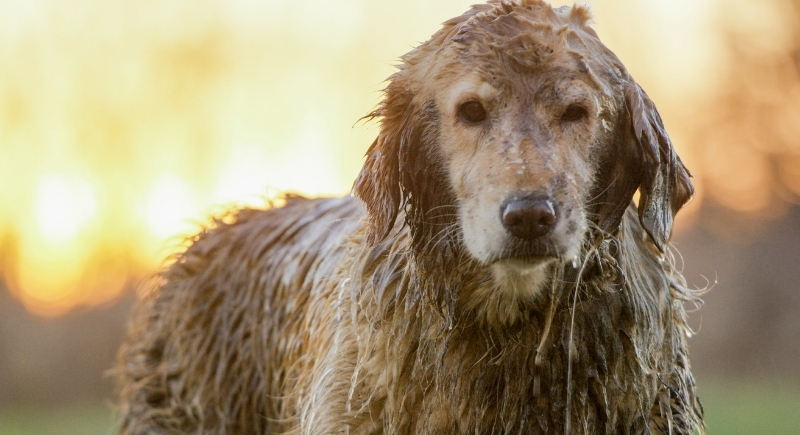Dogs in Chernobyl Are Now Turning Blue
Chernobyl is once again a global headline, but this time for its wildlife. Recent videos show stray dogs roaming the Chernobyl exclusion zone with bright blue fur. The footage, shared by animal rescue groups, has quickly gone viral, with viewers debating whether this is the latest example of post-nuclear mutation.
It’s an unsettling yet fascinating story that once again brings the Chernobyl disaster site into focus. Nearly four decades after the 1986 explosion forced residents to flee, the area is still off-limits to most humans. But nature, as it turns out, didn’t get the memo.
Packs of dogs descended from abandoned pets now wander through the ghost towns and forests. Their survival alone is impressive. Turning blue is a mystery.
Blue Coats in the Exclusion Zone
Dogs of Chernobyl, a nonprofit caring for roughly 700 stray animals within the 18-square-mile restricted zone, made the discovery in early October during a routine round of sterilization and health checks.
Caretakers noticed several dogs with a striking blue tint to their fur. Photos and videos later confirmed three animals showing the same unusual color roaming near the ruins of the Chernobyl power plant.
The caretakers immediately ruled out radiation exposure as the cause.
According to their preliminary assessment, the dogs might have rolled in a chemical substance or pigment residue, possibly industrial waste left behind from past cleanup operations. Scientists have collected fur, skin, and blood samples to identify the source of the discoloration. Despite their odd appearance, the animals seem active, alert, and in good health.
No Mutations, Just Chemical Exposure
Online speculation about radioactive “mutant dogs” took off almost instantly, but experts have been quick to dismiss that theory. The Clean Futures Fund, which runs the Dogs of Chernobyl program, believes the blue fur likely came from a nonradioactive pigment or dye.
Some reports point to the possibility of exposure to chemical runoff or leakage from portable toilets used by nearby workers. Veterinarians observing the dogs say the substance appears mostly harmless unless ingested in large amounts.
Still, this incident has reignited scientific interest in the Chernobyl dog population. Studies in recent years have shown that these animals have developed unique genetic markers that set them apart from dogs in surrounding regions.
Researchers think decades of low-level radiation exposure and environmental adaptation may correlate with their evolution, as the appearance of blue fur adds another layer to their already unusual story.
Life Finds a Way in Chernobyl

Image via Getty Images/FatCamera
Chernobyl remains uninhabitable for humans, yet its ecosystem continues to surprise scientists. Wildlife has returned in full force, including wolves, foxes, boars, and deer. Dogs, descendants of pets once left behind, have learned to live independently and even formed social structures similar to wild packs.
Organizations like Dogs of Chernobyl provide vaccinations, food, and sterilization to control population growth and prevent disease spread. Plans are now in motion to capture the blue-coated dogs for closer examination.
Researchers hope to determine whether the color came from chemical exposure or another environmental factor. Until then, their bright blue coats stand as a vivid reminder that life adapts, even under extraordinary conditions. Chernobyl’s story has always been one of destruction and resilience.